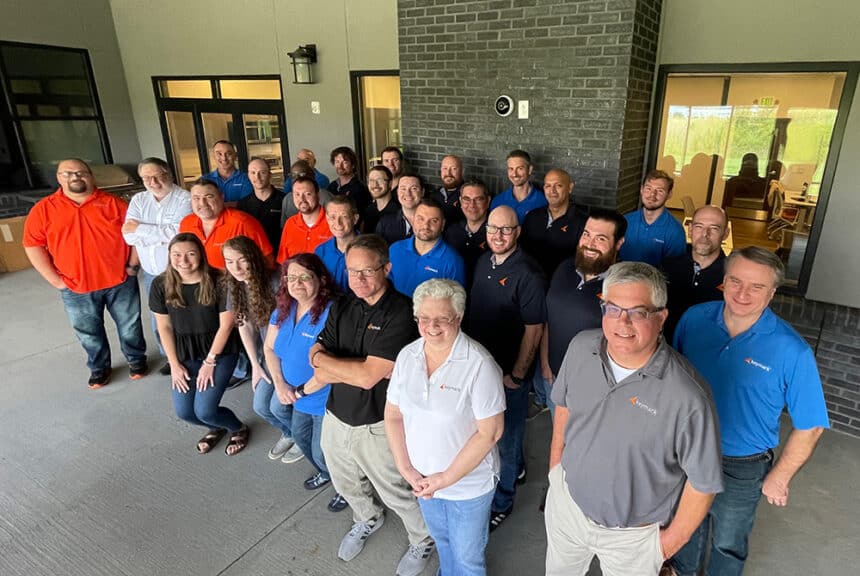RPA can be easier to implement than most people think.
Any organization can benefit from best practices when they are considering a new technology implementation. These Robotic Process Automation implementation tips have been gathered after some successful implementations.
It often only takes hours – not weeks or months – since bots are an alternative to complex APIs and coding.
Based on our experience, we have found these five steps critical to a successful bot deployment:
First, what repetitive tasks tie your employees up?
- Manual data entry between core systems that don’t communicate with each other
- Processes that can’t be scaled without hiring more people
- Manual, low-skill tasks that take time away from higher-value outcomes
- Legacy applications that don’t support integrations
- Tasks that require copying and pasting data between documents, spreadsheets or systems
- Data entry that is prone to human error
- Tasks you would prefer to outsource but need to keep in-house
Second, build a solid business case.
When presenting to your executive team and IT department, consider how bots improve business agility, decision making, and employee efficiency. Many fear that bots replace employees but we see most organizations reallocating their resources for better high-value work.
Third, start small, win big.
Don’t attempt to roll out bots across the organization in one fell swoop. Pick a simple process step to test and do a great job with it.
Fourth, report and share successes.
Sharing quick wins will help you get others on board.
Fifth, plan your priorities.
After you get one bot up and running, identify other processes and prioritize them by value and effort. Build a rollout plan that starts with high value and low efforts process first.
Need additional help getting started? Check out our blog, 70 Manual Processes That Bots Can Do Better!
Take the Next Step
We can help you decide pretty quickly whether this would be a good fit for your organization. With 20+ years of experience in automation, we just need about 5 minutes of Q&A.



